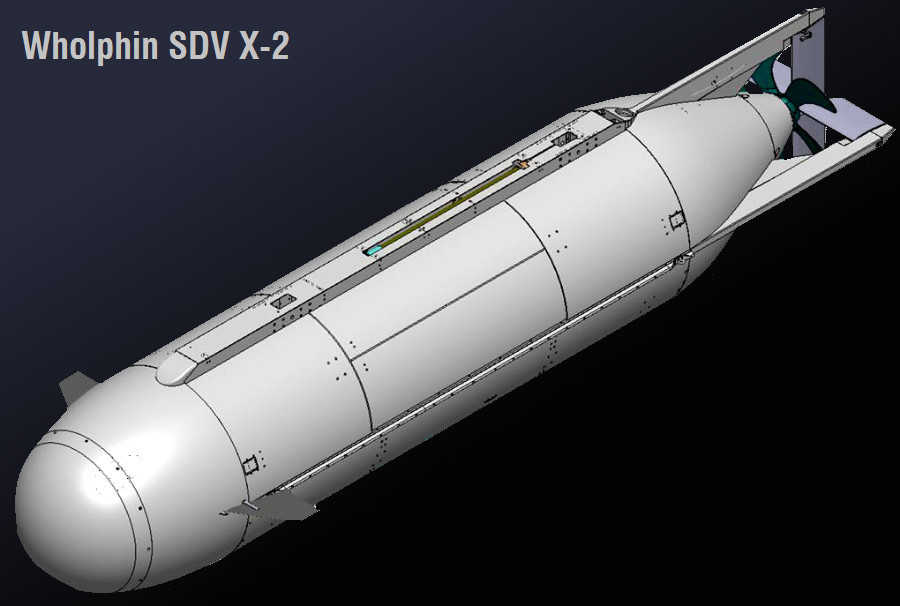

 Germany has a reputation for building technologically sophisticated submarines. The West German "Klasse 740/03" Narwal Dry Combat Submersible (German Unterwassertransportgerät, UWTG) was built and operated in secret in the final days of the Cold War. It was designed as transport for kampfschwimmers (German Navy Special Forces combat swimmers) to targets along the Baltic coast, and for intelligence missions. Read More >....
Germany has a reputation for building technologically sophisticated submarines. The West German "Klasse 740/03" Narwal Dry Combat Submersible (German Unterwassertransportgerät, UWTG) was built and operated in secret in the final days of the Cold War. It was designed as transport for kampfschwimmers (German Navy Special Forces combat swimmers) to targets along the Baltic coast, and for intelligence missions. Read More >....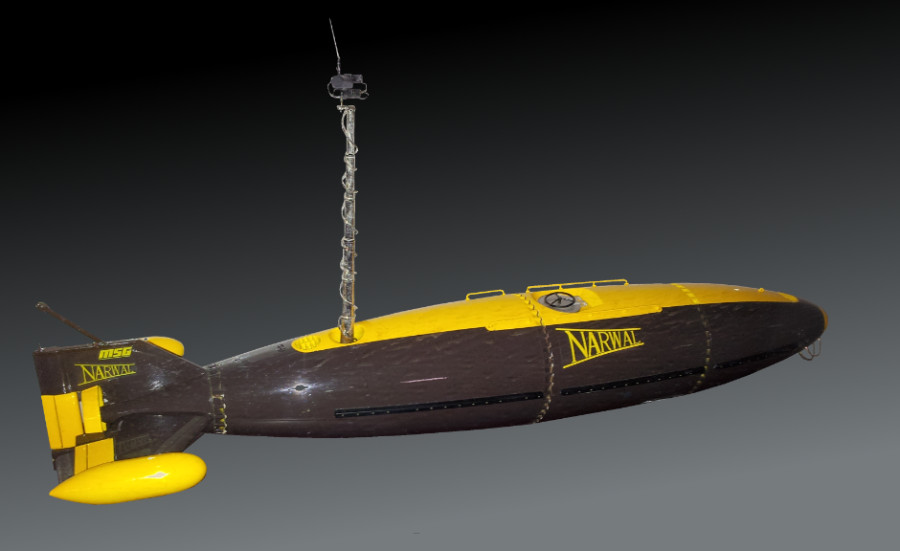
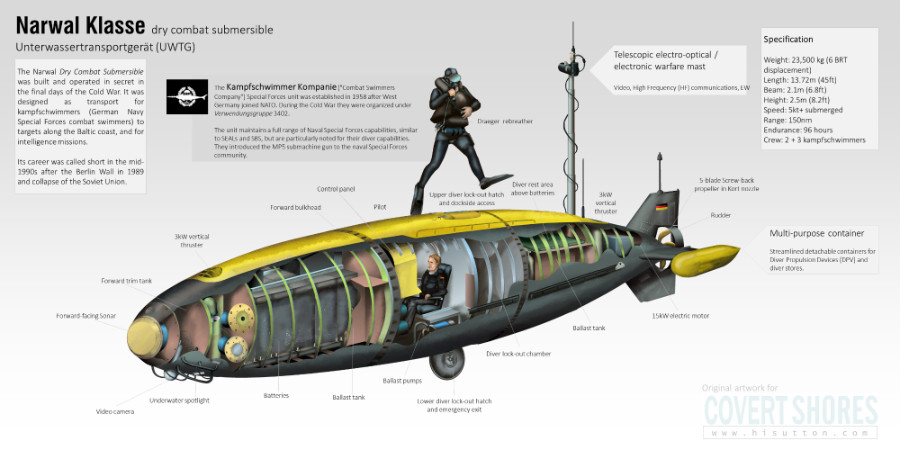
All articles
North_Korean_VSV
 Very Slender Vessel (VSV)
Very Slender Vessel (VSV)  It is a myth that North Korean naval vessels are by definition clones of older Russia or Chinese designs. In fact North Korean naval architects have produced a long string of original designs, often with novel features. They have Semi-Submersibles, catamarans, Surface Effect Ships (SES) and now they have Very Slender Vessels (VSVs).... Read More >....
It is a myth that North Korean naval vessels are by definition clones of older Russia or Chinese designs. In fact North Korean naval architects have produced a long string of original designs, often with novel features. They have Semi-Submersibles, catamarans, Surface Effect Ships (SES) and now they have Very Slender Vessels (VSVs).... Read More >....
USMI CCM
 A Special Forces boat USMI didn't advertise
A Special Forces boat USMI didn't advertise
A new photo has emerged of a preiously unseen Combatant Craft Medium (CCM) special forces boat being tested by USSOCOM / NAVSOC.... Read More >....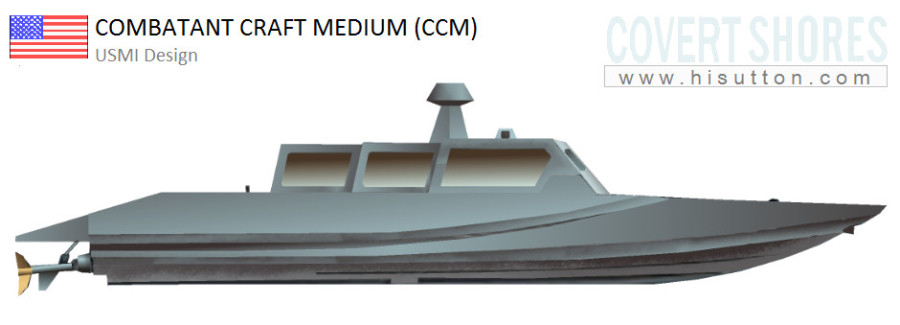
DCS update
 USSOCOM testing Dry Combat Submersible
USSOCOM testing Dry Combat Submersible 
 The Italian made UOES3 (GSE Button 5.60) Dry Combat Submersible (DCS) during builder’s trials prior to USSOCOM acceptance. ... Read More >....
The Italian made UOES3 (GSE Button 5.60) Dry Combat Submersible (DCS) during builder’s trials prior to USSOCOM acceptance. ... Read More >....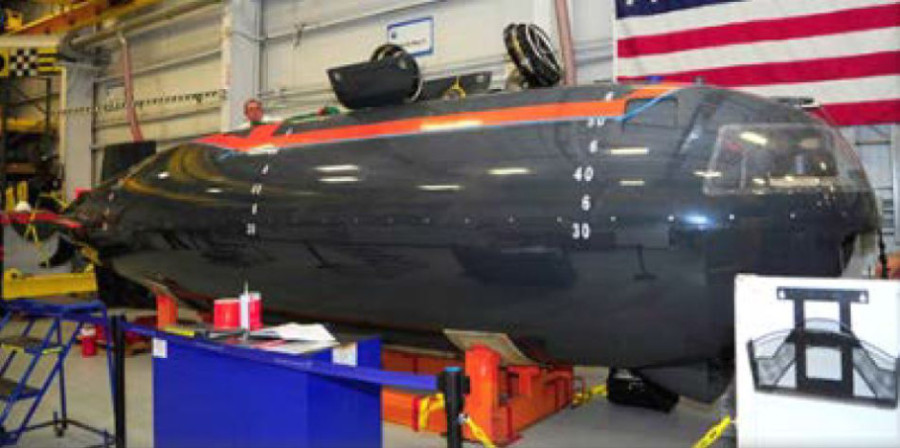
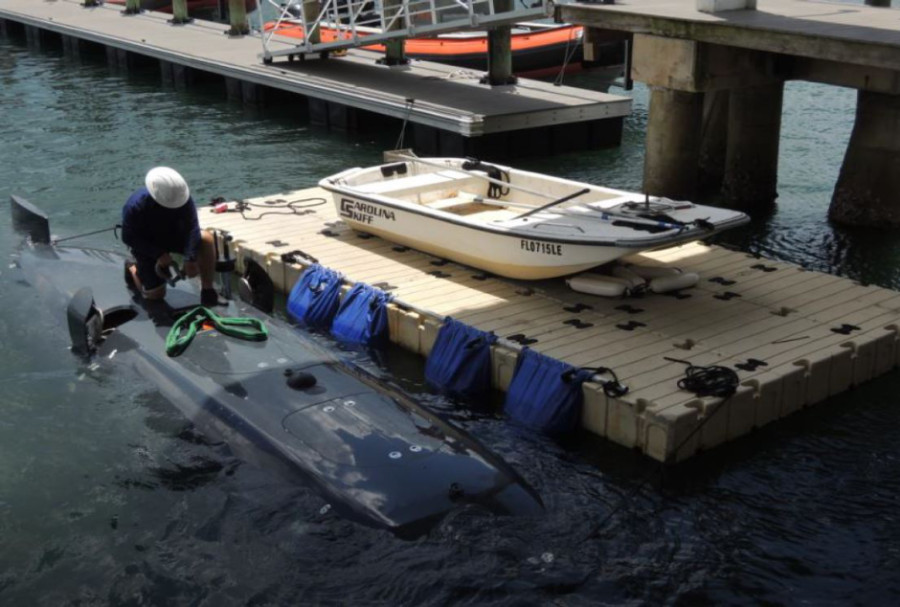
Analysis -Russia seeks submarine advantage in Arctic


 This analysis follows on from the Belgorod submarine analysis. A recent article in a Russian newspaper supports suspicions that Russia is planning a new network of naval installations in the Arctic. Together with other indications, this builds a picture of a program which one observer characterized as "turning the Arctic into Russia's own back yard." .. Read More >....
This analysis follows on from the Belgorod submarine analysis. A recent article in a Russian newspaper supports suspicions that Russia is planning a new network of naval installations in the Arctic. Together with other indications, this builds a picture of a program which one observer characterized as "turning the Arctic into Russia's own back yard." .. Read More >....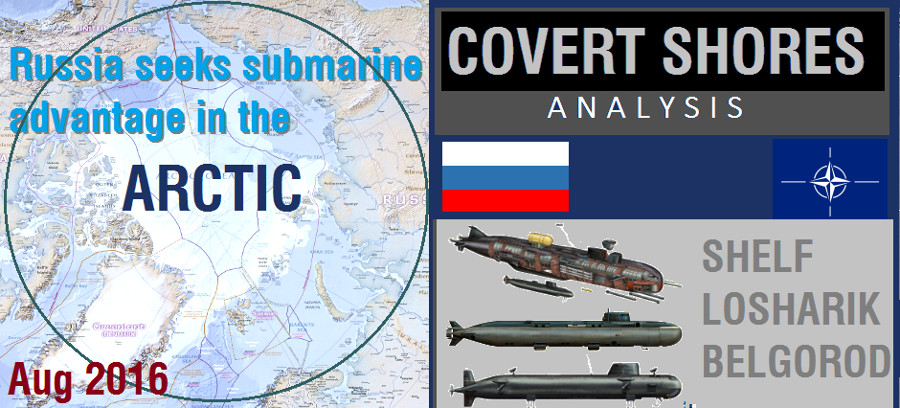
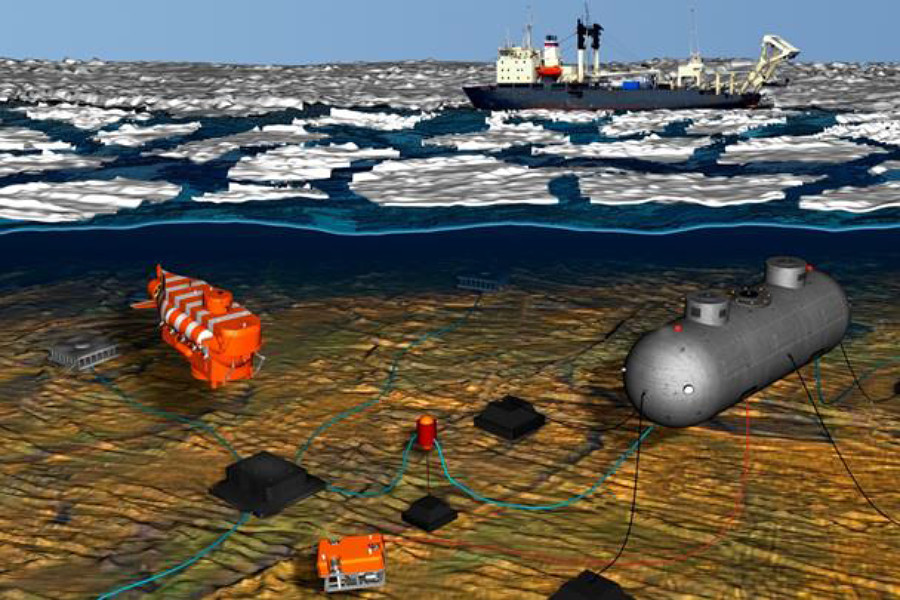
Carmon-1E midget sub

 A little known or unreported 25m (82ft) midget sub is visible in 2005 satellite imagery of Primorsk near St. Petersburg on Russia’s Baltic coast. There is also at least one photograph of it. The craft has a waterline length of about 23m (75ft) and has typical Russian double-hull construction. ... Read More >....
A little known or unreported 25m (82ft) midget sub is visible in 2005 satellite imagery of Primorsk near St. Petersburg on Russia’s Baltic coast. There is also at least one photograph of it. The craft has a waterline length of about 23m (75ft) and has typical Russian double-hull construction. ... Read More >....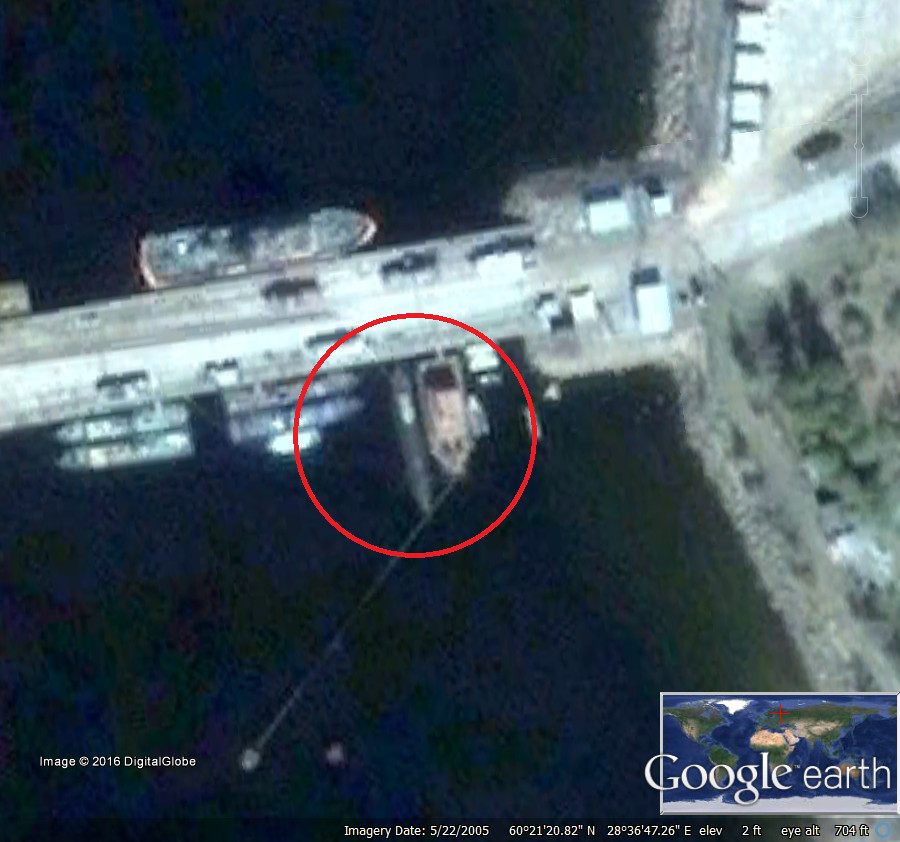
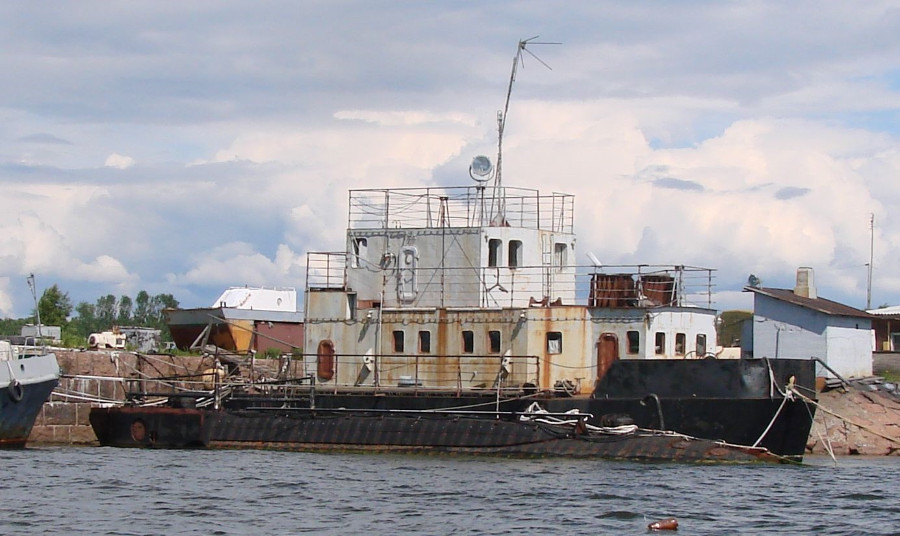
Comex Sagittaire

 The Sagittaire was an innovative midget submarine design from French submarine builder Comex Industries. The 200 ton submarine came in two versions; a Special Forces Diver Intervention (DI) model and the torpedo armed Coastal Defense (CD) version.... Read More >....
The Sagittaire was an innovative midget submarine design from French submarine builder Comex Industries. The 200 ton submarine came in two versions; a Special Forces Diver Intervention (DI) model and the torpedo armed Coastal Defense (CD) version.... Read More >....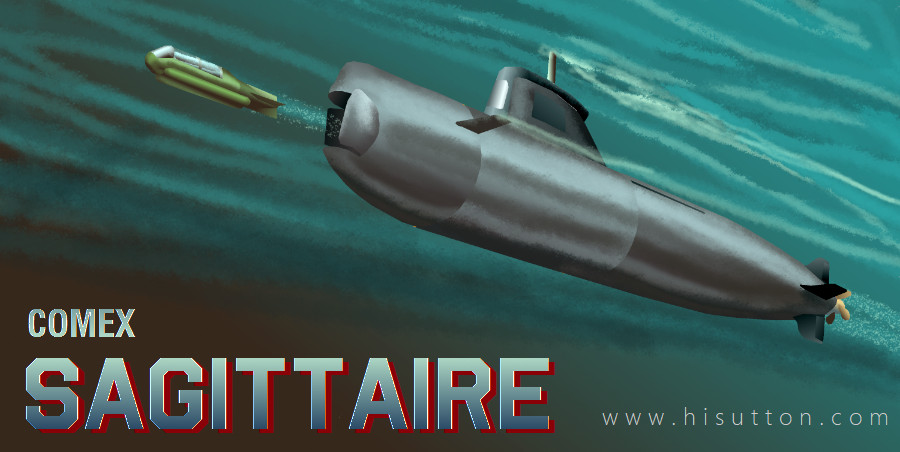
LP-LC
 New Concept for Special Forces and Elite Units
New Concept for Special Forces and Elite Units
It used to be the case that operating at night was enough to give professional operators the advantage over irregular and conscript forces. But the proliferation of surveillance and targeting technology, often paired with medium anti-tank missiles, has started to close that chapter. I can now share an overview of a project which I am directly involved in... Read More >....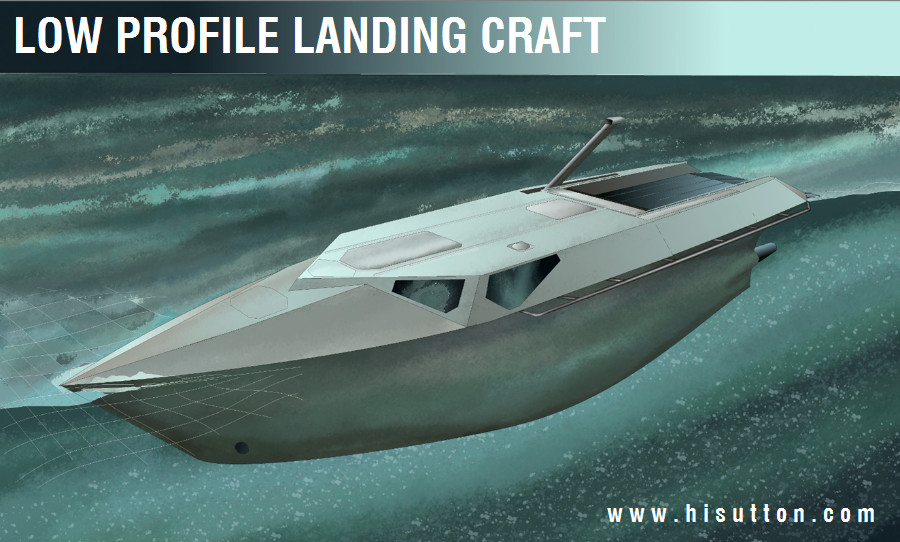
North Koreas next Ballistic Missile Sub

 Making predictions is a fool’s business. Naval developments are constantly evolving and one year’s hot topic is the next year’s forgotten fad. Not to mention that naval architects are forever coming up with ingenious and unpredictable ways to achieve the same aim. North Korea’s recent successful submarine launched ballistic missile test and fifth nuclear test raise the question of how they will operationalize their submarine based capability. It is a question which has cropped up in a few places and is very interesting, so like a fool, here is my prediction... Read More >....
Making predictions is a fool’s business. Naval developments are constantly evolving and one year’s hot topic is the next year’s forgotten fad. Not to mention that naval architects are forever coming up with ingenious and unpredictable ways to achieve the same aim. North Korea’s recent successful submarine launched ballistic missile test and fifth nuclear test raise the question of how they will operationalize their submarine based capability. It is a question which has cropped up in a few places and is very interesting, so like a fool, here is my prediction... Read More >....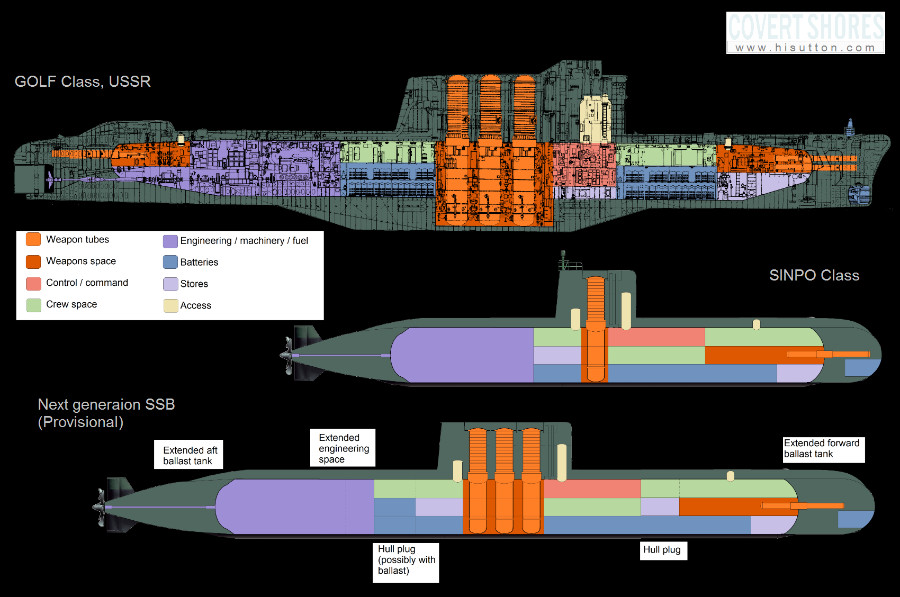
Wholphin X2 SDV
 HERE FIRST
HERE FIRST  Continuing the prestigious SEAL Delivery Vehicle Mk.VIII Mod 1 lineage, the Wholphin SDV X-2 is the latest Swimmer Delivery Vehicle (SDV) from Huntington Ingralls (formerly The Columbia Group)... Read More >....
Continuing the prestigious SEAL Delivery Vehicle Mk.VIII Mod 1 lineage, the Wholphin SDV X-2 is the latest Swimmer Delivery Vehicle (SDV) from Huntington Ingralls (formerly The Columbia Group)... Read More >....